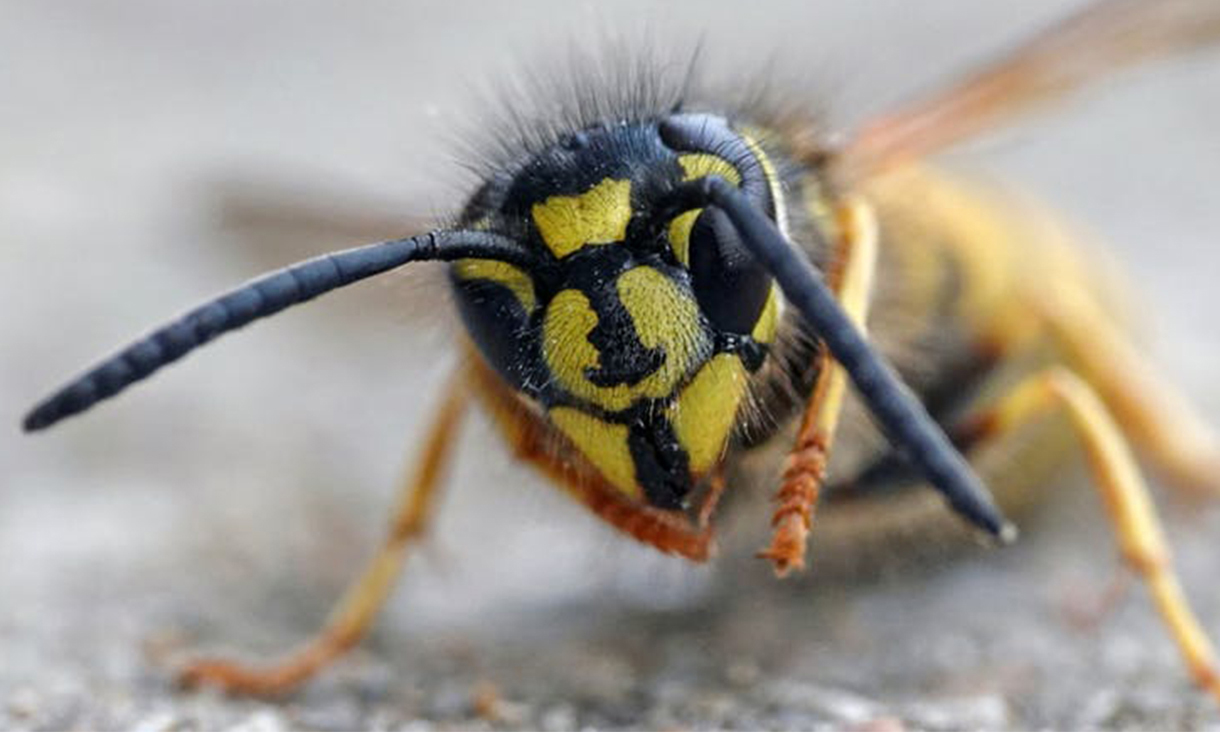Five ways junk food changes your brain
We know junk is bad for us, but we eat it anyway. RMIT neuroscientist Dr Amy Reichelt explains why junk foods are refined to hit you right in the sweet spot – your brain.
Meet Sylvia Urban: expert in natural products chemistry
A childhood fascination with the natural world led Associate Professor Sylvia Urban on a journey to discover how the chemistry of life can benefit humanity.
RMIT awarded funding for nanotechnology research in Europe
RMIT is part of a multi-institution consortium awarded a prestigious European Union Horizon 2020 (H2020) research and innovation grant worth €2M and focused on nanotechnology development.
Blockchain strategy course prepares students for jobs of the future
From crypto start-ups to established enterprises, global demand for blockchain expertise makes it one of the hottest areas for technology recruitment.













